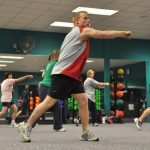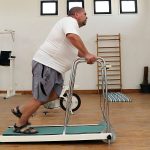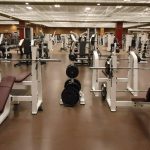
Ace hitters like Barry Bonds and Derek Jeter probably can confirm this: Baseball players with faster hand-eye coordination are better batters, a new study finds. This is especially true when it comes to measures of “plate discipline,” like drawing walks and swinging at pitches in the strike zone, researchers said. “Batters with better eye-hand visual motor reaction time appear to be more discerning in deciding to swing at pitches as compared [to those with] poorer visual-motor reaction time,” wrote study leader Dr. Daniel Laby and colleagues. Laby is with the State University of New York College of Optometry. Their findings from tests of 450 professional baseball players appear in the July issue of the journal Optometry and Vision Science. They found that players with the fastest hand-eye coordination drew walks 22 percent more often than those with the slowest hand-eye coordination — an average of one walk per 10 times at bat, compared with one walk per 13 times at bat, respectively. Players with the fastest hand-eye coordination were also 6 to 7 percent more likely to swing at pitches in the strike zone and to swing at fastballs in the strike zone, rather than curveballs or other off-speed pitches, the researchers found. “One could hypothesize that faster eye-hand reaction time allows the batter an opportunity to be selective in which pitches he ultimately decides… read on >





























-300x200.jpg)







-300x169.jpg)
